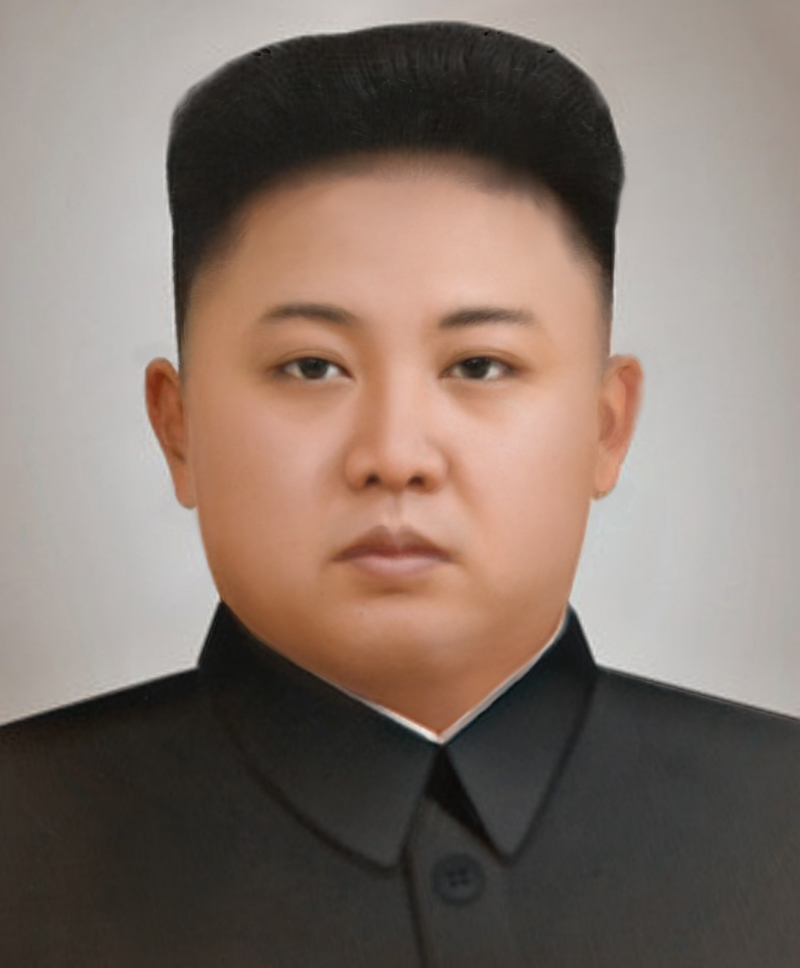
SEOUL, Korea, Republic Of – North Korean state media on Sunday said leader Kim Jong Un observed a live-fire drill of long-range multiple rocket launchers and unspecified tactical guided weapons, a day after South Korea’s military detected the North launching several unidentified short-range projectiles into the sea off its eastern coast.
Pyongyang’s official Korean Central News Agency said Kim expressed “great satisfaction” over Saturday’s drills and stressed that his front-line troops should keep a “high alert posture” and enhance combat ability to “defend the political sovereignty and economic self-sustenance of the country.”
The weapons launches were a likely sign of Pyongyang’s growing frustration at stalled diplomatic talks with Washington meant to provide coveted sanctions relief in return for nuclear disarmament. They also highlighted the fragility of the detente between the Koreas, which in a military agreement reached last September vowed to completely cease “all hostile acts” against each other in land, air and sea.
“Praising the People’s Army for its excellent operation of modern large-calibre long-range multiple rocket launchers and tactical guided weapons, he said that all the service members are master gunners and they are capable of carrying out duty to promptly tackle any situation,” the KNCA paraphrased Kim as saying. “He stressed the need for all the service members to keep high alert posture and more dynamically wage the drive to increase the combat ability so as to defend the political sovereignty and economic self-sustenance of the country and … the security of the people from the threats and invasion by any forces.”
South Korea’s Joint Chiefs of Staff said “several projectiles” had been launched an area near the coastal town of Wonsan and that they flew up to 200 kilometres (125 miles) before splashing into the sea toward the northeast. That roughly matched the distance between the area and the South Korean capital of Seoul, although the North in Sunday’s report did not issue any direct threat or warning toward the South and the United States. Experts say the North may increase these sorts of low-level provocations to apply pressure on the United States to agree to reduce crushing international sanctions.
The launch comes amid a diplomatic breakdown that has followed the failed summit earlier this year between Trump and Kim over the North’s pursuit of nuclear bombs that can accurately target the U.S. mainland. The North probably has viable shorter-range nuclear armed missiles, but it still needs more tests to perfect its longer-range weapons, according to outside analysts.
Trump said Saturday that he still believes a nuclear deal with North Korea will happen. He tweeted that Kim “fully realizes the great economic potential of North Korea, & will do nothing to interfere or end it.”
Trump added: “He also knows that I am with him & does not want to break his promise to me. Deal will happen!”
White House Press Secretary Sarah Sanders said in a statement that the United States was aware of North Korea’s actions and would continue to monitor the situation.
South Korea said in a statement it’s “very concerned” about North Korea’s weapons launches, calling them a violation of last year’s inter-Korean agreements to reduce animosities between the countries. The statement, issued after an emergency meeting of top officials at the presidential Blue House in Seoul, also urged North Korea to stop committing acts that would raise military tensions and join efforts to resume nuclear diplomacy.
North Korea wants widespread sanctions relief in return for disarmament moves that the United States has rejected as insufficient. In a sign of Pyongyang’s growing frustration, it has recently demanded that U.S. Secretary of State Mike Pompeo be removed from nuclear negotiations and criticized national security adviser John Bolton. North Korea said last month that it had tested a new type of unspecified “tactical guided weapon,” which experts said could be anything from anti-tank weapons to cruise missiles.
North Korea could choose to fire more missiles with longer ranges in coming weeks to ramp up its pressure on the United States to come up with a roadmap for nuclear talks by the end of this year, said Nam Sung-wook, a professor at Korea University.
“North Korea wants to say, ‘We have missiles and nuclear weapons to cope with (U.S.-led) sanctions,’ “ Nam said. “They can fire short-range missiles a couple more times this month, and there is no guarantee that they won’t fire a medium-range missile next month.”
There has not been a confirmed ballistic missile test by North Korea since its November 2017 test of an intercontinental ballistic missile, which demonstrated potential capability to reach deep into the U.S. mainland. That year saw a string of increasingly powerful weapons tests from the North and a belligerent response from President Donald Trump that had many in the region fearing war.
During the diplomacy that followed the North’s weapons tests of 2017, Kim said that the North would not test nuclear devices or ICBMs. The short-range projectiles launched on Saturday don’t appear to violate that self-imposed moratorium, and they may instead be a way to register Kim’s displeasure with Washington without having the diplomacy collapse.
South Korea’s liberal president, Moon Jae-in, has doggedly pursued engagement with the North and is seen as a driving force behind the two summits between Trump and Kim.
South Korean Foreign Minister Kang Kyung-wha talked by phone with Pompeo about the North Korean launches, Kang’s ministry said in a statement. The ministry also said that South Korea’s chief nuclear envoy, Lee Do-hoon, had a telephone conversation with Stephen Biegun, the U.S. special representative for North Korea who is scheduled to travel to Seoul next week for talks.
Japan’s Defence Ministry said the projectiles weren’t a security threat and didn’t reach anywhere near the country’s coast. Japan will likely avoid any harsh response as Prime Minister Shinzo Abe seeks to secure his own summit with Kim.
–––
Associated Press writers Kim Tong-hyung in Seoul and Mari Yamaguchi in Tokyo contributed to this report.